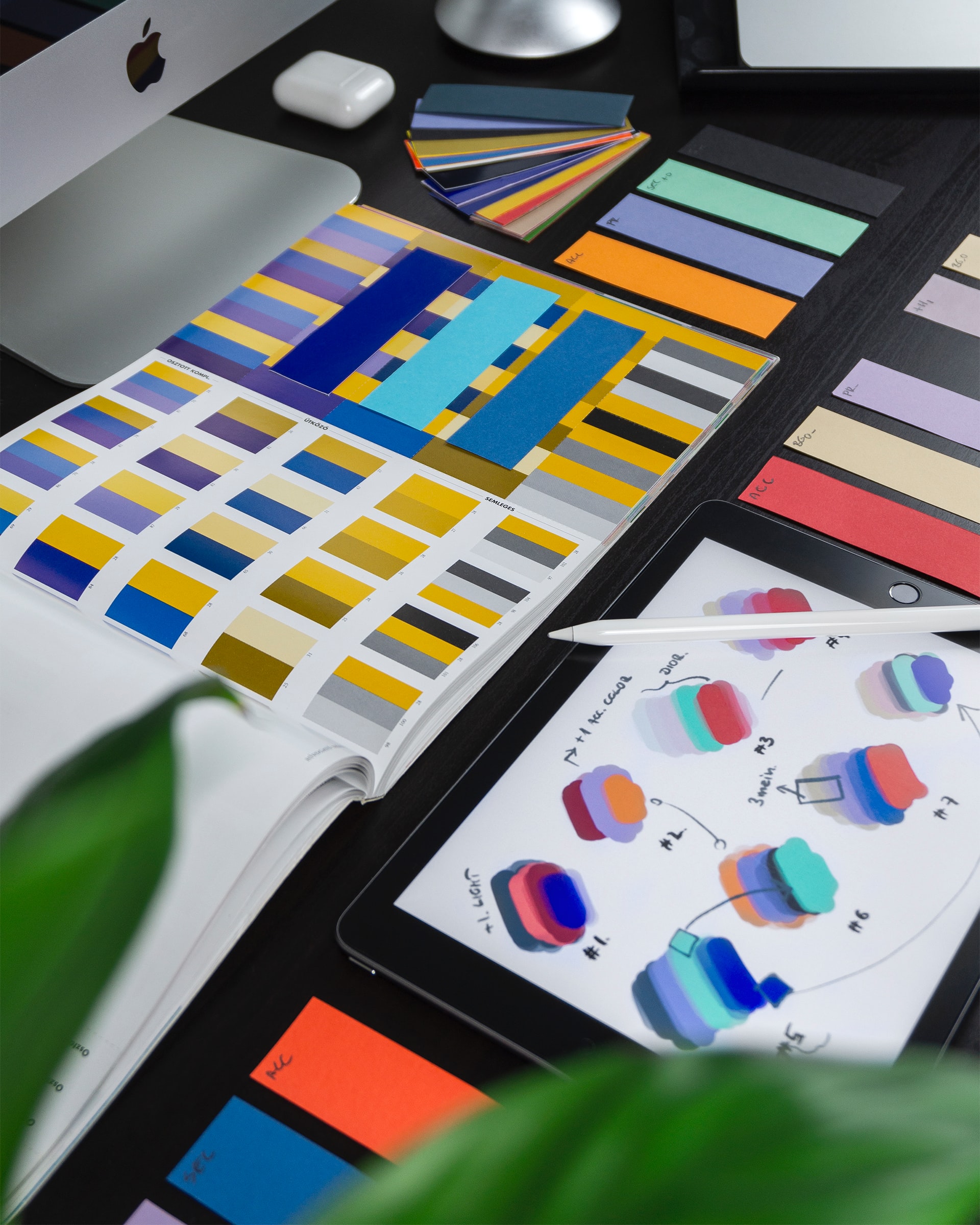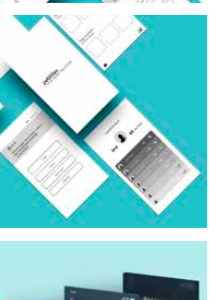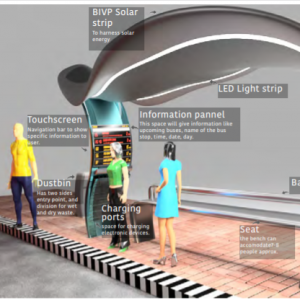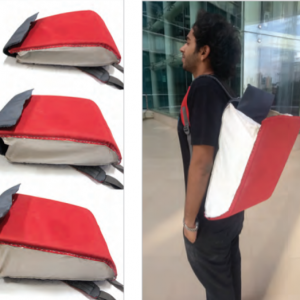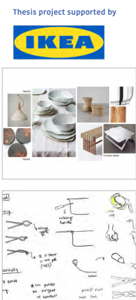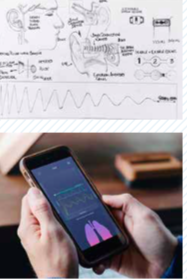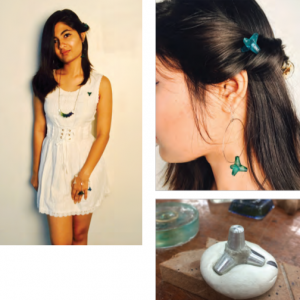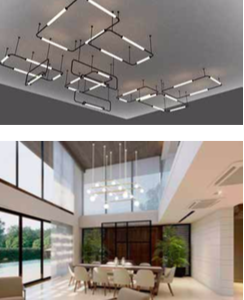The Essential Factors of Product Design
Creating a product is tough work – it isn’t enough to just have a great idea. One needs to design, build, market, and finally – sell the product. Out of this whole process, most of the work goes into the designing aspect. If this part is done carefully, the entire process becomes smooth. The best product designers in the world have to follow certain essential factors of product design. These guide them to create useful and beautiful designs that solve problems. In this article, we’re going to explore product design considerations that matter.
The Essential Factors of Product Design
1. Lead with Aesthetics
The most obvious factor to be considered while designing a product is that it should look good. A beautiful design or user-interface is the first thing that a customer or client will notice. If it looks bad or messy, no one will want to use it. The product’s aesthetics often play a key role in a competitive market where different products have similar functions. Unique and interesting visuals go a long way. Packaging can also be a part of the general aesthetics of a product.
Designers have to stay up-to-date in their industry as design trends keep evolving. It’s important to understand how aesthetics keep changing and what customers want over time. Designers also look at their previous product designs that worked well and try to innovate on the successful aspects. A product’s aesthetics is also an extension of its brand identity and this is an important factor in helping the masses recognize their favourite brand.
2. Enhance with Ergonomics
If a product is painful to use, or can’t be used over long periods – it isn’t going to do well in the long run. Ergonomics is the feature of a product that makes it comfortable to use by a customer. This is taken into consideration when designing couches, cars, seats, hand-held spray guns, and many other products. The designer has to make a product that’s comfortable and easy to use as this makes it an enjoyable experience overall.
In many cases, ergonomics is more important than aesthetics. If a product is beautiful to look at but uncomfortable to use, it will be a flop. But if it’s moderately attractive and very comfortable to use, it will be considered a good product.
3. Use Good Materials
What materials to use, when, where, and in what combinations is an important consideration. Designers have to keep in mind what materials they’ll be using to create the final product. This will play a large role in assessing its life expectancy, what environment it’s appropriate for, and more. They must decide what material must be used on the ‘shell’, the hardware, and more.
The incorrect materials can cause product failure much before a product’s lifecycle ends. Sometimes, mixed materials are used to increase durability. The product designer must ensure that the materials are compatible with each other. Otherwise, it can get degraded or corroded in specific environments. Understanding what materials to use, when, where, and in what combinations is an important consideration.
4. Mode of Manufacturing
Designers plan on the method of manufacturing for their product before reaching that stage. This helps in finding the right plant with the appropriate equipment. What does this do? It helps them manufacture according to the specific shape, size, and other features, ideal for their product. Sometimes, a product will have to be split into smaller pieces. Those smaller pieces are then manufactured separately and then assembled. All this is important for the designer to take into cognizance while designing.
5. Modularity
When a product is split into smaller pieces, it’s easier to produce specific parts. This is called modularity – breaking up one item into smaller ‘modules’. Some of these parts can be used for other products, too. Designers create products with modularity in mind to create ease of manufacturing for future units. This also makes it easier to upgrade these particular products over time. Another benefit is that repairing the products becomes easier, as one would just have to replace the module that’s broken.
6. Long-Term Sustainability
Product designers must use materials that they can consistently source over a long time. Many businesses have discontinued their best products because the components became increasingly difficult to find. This phenomenon affects electronic components, and basic materials, too. The product designer has to ensure the materials they want to use are available and will be throughout, and have easy alternatives to switch to in case of emergency.
Are you interested to learn more essential factors crucial to design a great product? Then you should pursue a product design degree from one of the best colleges in India. ISDI – School of Design and Innovation offers Product Design as a course at the undergraduate level. This 4-year undergraduate program serves as a platform for students to learn from excellent faculty that consists of leading designers and entrepreneurs.

